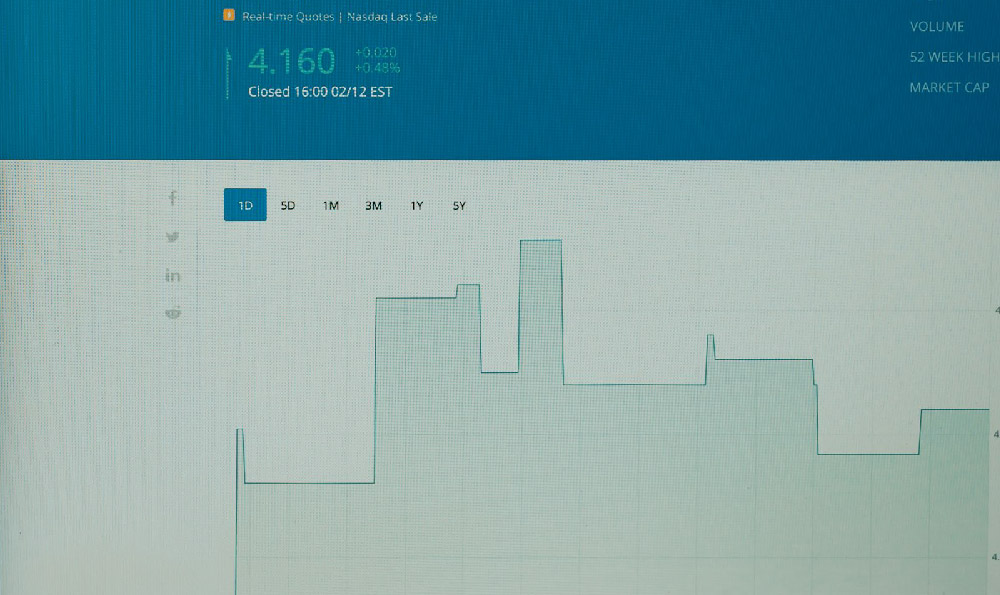How can I begin investing, and where should I start in the stock market?
Embarking on the journey of investing can feel like stepping into a vast and intricate labyrinth. The allure of potential financial growth intertwines with the looming shadow of risk, creating a landscape that demands careful navigation. For those just starting, the stock market presents itself as a primary, albeit potentially daunting, avenue for investment. Let's unravel the essential steps and considerations to initiate your investment journey with prudence and a long-term perspective.
The cornerstone of any successful investment endeavor lies in a solid understanding of your personal financial landscape. Before even contemplating which stocks to buy, you must meticulously assess your current financial situation. This entails a comprehensive review of your income, expenses, debts (credit card debt, student loans, mortgages), and existing assets. Quantify your net worth by subtracting your liabilities from your assets. This foundational understanding provides clarity on your financial stability and the extent of risk you can reasonably assume.
Crucially, determine your investment goals. Are you saving for retirement, a down payment on a house, your children's education, or simply aiming to grow your wealth? Each objective necessitates a distinct time horizon and risk tolerance. For instance, retirement planning typically involves a longer time horizon, allowing for potentially higher-risk investments with the expectation of significant long-term growth. Conversely, saving for a down payment within a few years necessitates a more conservative approach, prioritizing capital preservation over aggressive growth.

Your risk tolerance is a critical factor that directly influences your investment strategy. Are you comfortable with the possibility of market fluctuations and potential temporary losses in pursuit of higher returns? Or do you prefer a more cautious approach, prioritizing stability and minimizing the risk of capital erosion? Honestly assessing your risk tolerance is paramount to selecting investments that align with your comfort level and prevent emotional decision-making during market volatility.
Once you have a firm grasp of your financial situation, investment goals, and risk tolerance, the next step involves educating yourself about the stock market. Knowledge is your most potent weapon in navigating this complex arena. Familiarize yourself with fundamental concepts such as market capitalization, price-to-earnings ratios (P/E), dividend yields, and various industry sectors. Understand the difference between stocks and bonds, mutual funds and exchange-traded funds (ETFs).
Numerous resources are available to enhance your financial literacy. Online platforms like Investopedia, Khan Academy, and reputable financial news websites offer comprehensive educational materials. Consider reading books on investing written by renowned figures like Benjamin Graham (The Intelligent Investor) or Peter Lynch (One Up On Wall Street). Taking online courses or attending workshops can provide structured learning and valuable insights.
With a foundational understanding of the stock market, you can begin to explore different investment vehicles. Direct stock ownership allows you to invest in individual companies. This approach requires diligent research and analysis of company financials, industry trends, and competitive landscapes. While potentially offering higher returns, direct stock ownership also carries greater risk, as the performance of your portfolio is heavily reliant on the success of specific companies.
Mutual funds offer a diversified investment approach by pooling money from multiple investors to invest in a basket of stocks, bonds, or other assets. Professionally managed mutual funds provide diversification and potentially reduce risk. However, they also come with management fees and expense ratios that can impact your overall returns.
Exchange-traded funds (ETFs) are similar to mutual funds but trade on stock exchanges like individual stocks. ETFs typically track a specific index, sector, or investment strategy, offering a cost-effective way to diversify your portfolio. They generally have lower expense ratios compared to actively managed mutual funds.
For beginners, ETFs often represent a prudent starting point. They provide instant diversification, are relatively inexpensive, and allow you to gain exposure to various market segments with a single investment. Consider starting with broad market ETFs that track the S&P 500 or the Russell 2000, which offer exposure to large-cap and small-cap companies, respectively. Sector-specific ETFs can also be useful for targeting specific industries that you believe have growth potential.
Once you've chosen your investment vehicles, it's time to open a brokerage account. Several online brokers offer user-friendly platforms and competitive commission rates. Research different brokers and compare their fees, trading platforms, research tools, and customer support. Consider options like Fidelity, Charles Schwab, Vanguard, or Robinhood.
Before placing your first trade, develop a well-defined investment strategy. This strategy should align with your investment goals, risk tolerance, and time horizon. Determine how much you plan to invest, how frequently you will invest, and the allocation of your portfolio across different asset classes.
Dollar-cost averaging is a popular strategy for beginners, involving investing a fixed amount of money at regular intervals, regardless of market fluctuations. This approach helps to mitigate the risk of investing a large sum at the market's peak and can lead to better average returns over time.
Remember that investing is a long-term endeavor. Avoid emotional decision-making driven by short-term market fluctuations. Stay disciplined, stick to your investment strategy, and resist the urge to panic sell during market downturns.
Rebalance your portfolio periodically to maintain your desired asset allocation. Over time, certain investments may outperform others, causing your portfolio to deviate from its original allocation. Rebalancing involves selling some of the overperforming assets and buying more of the underperforming ones to restore your target asset allocation.
Finally, remain vigilant about potential investment scams and fraudulent schemes. Be wary of unsolicited investment offers promising guaranteed high returns. Always conduct thorough research before investing in any unfamiliar asset class or company. Protect your personal and financial information and never share your account credentials with anyone.
Investing in the stock market is a journey that requires continuous learning, adaptation, and discipline. By understanding your financial situation, setting clear investment goals, educating yourself about the market, and developing a well-defined investment strategy, you can embark on this journey with confidence and increase your chances of achieving long-term financial success. Remember to start small, stay informed, and prioritize risk management.














